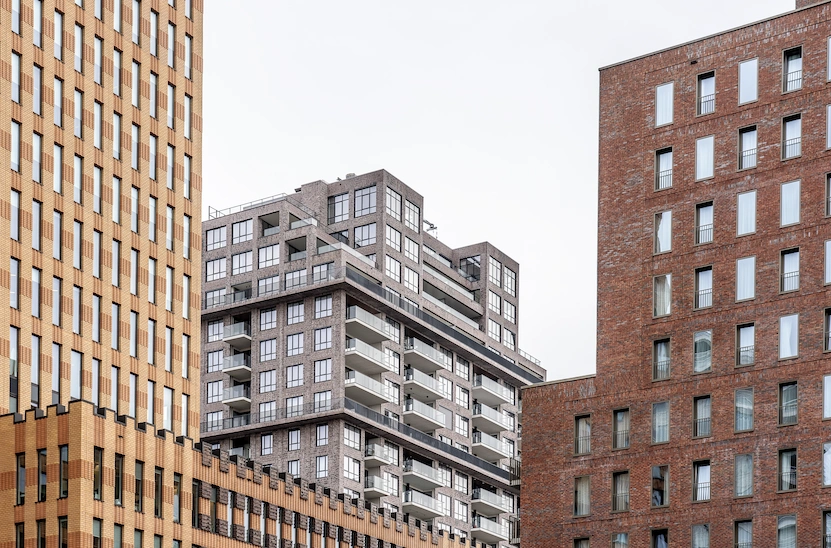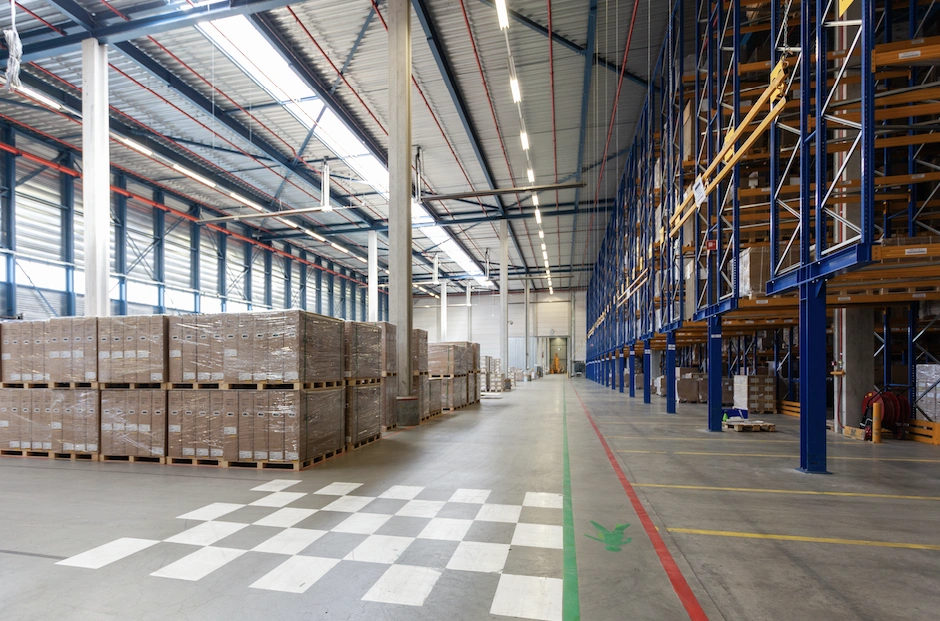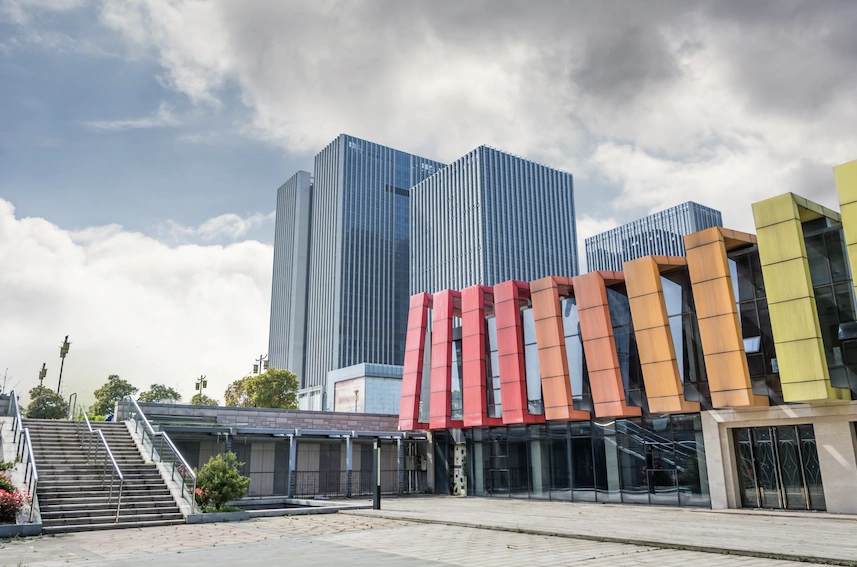
Aboriginal Heritage Impact Assessments
Receive the necessary report for DA or CC sign-off in a matter of days.

Achieving compliance and respect for all builders and walkers of the land
Assessments and Reports
Though known by different names, these assessments serve the same essential purpose. We provide trusted Aboriginal Heritage Impact Assessments grounded in integrity, cultural respect, and genuine community engagement—ensuring the protection of heritage while supporting sustainable development for future generations.
Aboriginal Heritage Impact Assessment (AHIA)
Used across Australia in technical reports and by local councils, particularly for planning and development approvals.
Aboriginal Cultural Heritage Assessment (ACHA)
Commonly used in NSW government and consultancy documents, especially when the assessment covers broader cultural values in addition to physical sites.
Heritage Impact Statement (HIS)
Heritage Impact Statement is a report that identifies and assesses the potential impacts of a proposed development or activity on heritage items or places, both Aboriginal and non-Aboriginal
Aboriginal Heritage Impact Permit (AHIP)
Refers specifically to the legal permit in NSW required to harm Aboriginal objects or places, with the supporting documentation often called an Aboriginal heritage assessment report
Statement of Heritage Impact (SOHI)
A Statement of Heritage Impact is an assessment report that assists owners, custodians, and managers of heritage items or properties—often those listed on heritage registers
Types of developments covered

Houses / Duplexes

Large Residential

Industrial

Commercial
Frequently Asked Questions
An AHIA is a process and report that evaluates the potential impacts of proposed developments or activities on Aboriginal heritage, including sites, artifacts, and cultural values, to ensure these are identified, protected, and managed in line with legal requirements
An AHIA is generally required when a proposed activity or development may disturb land that has the potential to contain Aboriginal heritage, or when a council’s planning controls or heritage sensitivity mapping indicate it is necessary
It is a legal requirement under the National Parks and Wildlife Act 1974 to protect Aboriginal objects and places; an AHIA helps ensure compliance and provides a legal defense if unknown heritage is discovered during works
AHIAs must be prepared by suitably qualified Aboriginal heritage consultants or archaeologists, often in consultation with local Aboriginal communities or land councils
If previously unknown Aboriginal heritage is discovered, work must stop and further assessment or permits may be required; having an AHIA in place helps manage this process and ensures legal compliance
Not always; the need for an AHIA depends on the site’s heritage sensitivity and council requirements. It is recommended to consult with the local council early in the planning process to determine if an AHIA is necessary
Within a matter of days, however the timeframe varies depending on the complexity of the site, the need for consultation, and whether further investigations are required. Early engagement with consultants and councils is advised to avoid delays.
Request an Aboriginal Heritage Impact Assessment Now
Address
unit 216/14 Lexington Dr, Bella Vista NSW 2153, Australia
Operating Hours
Monday: 8am-7pm
Tuesday: 8am-7pm
Wednesday: 8am-7pm
Thursday: 8am-7pm
Friday: 8am-7pm
Saturday: 9am-5pm
Sunday: Closed